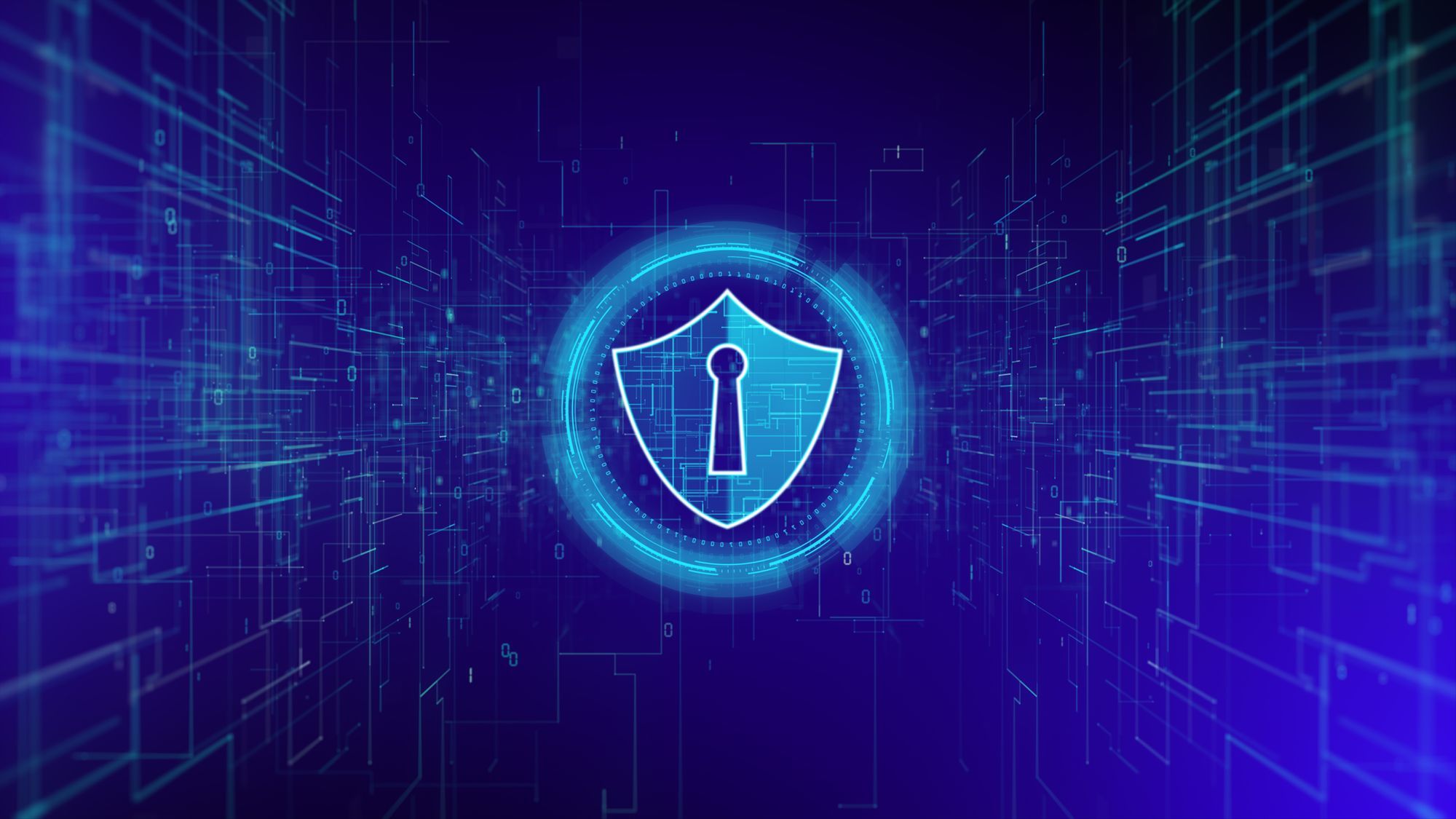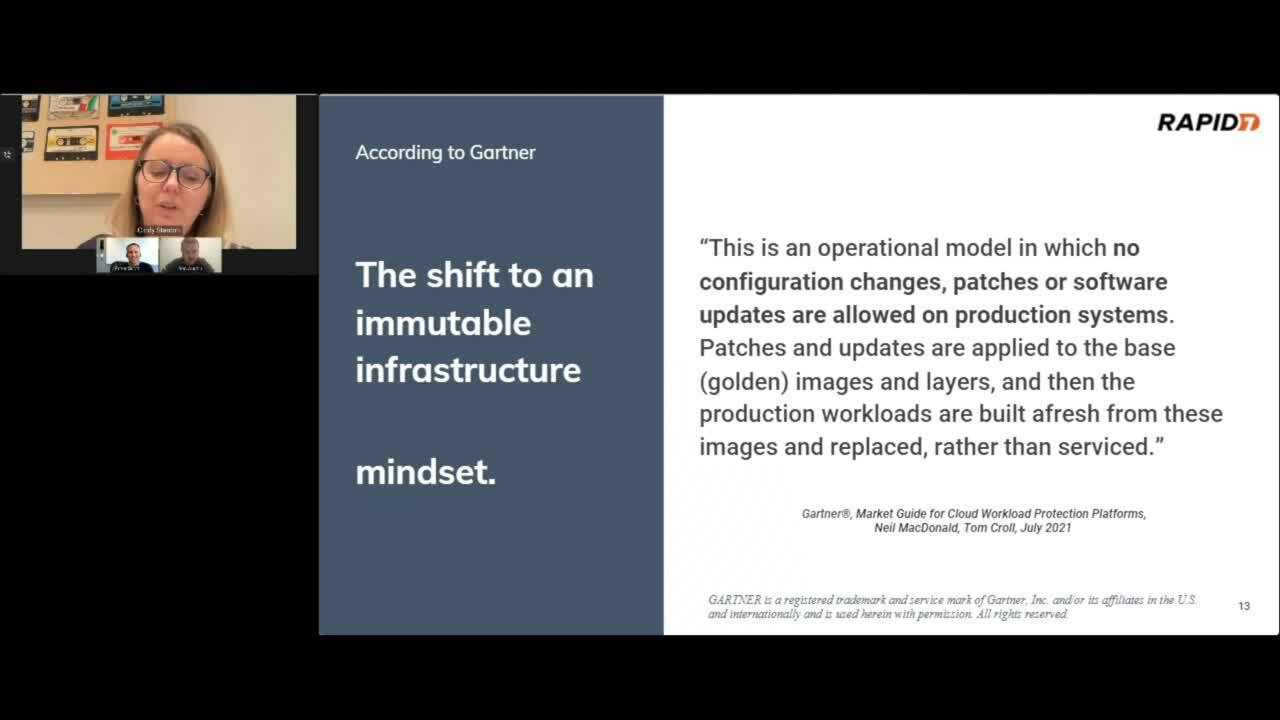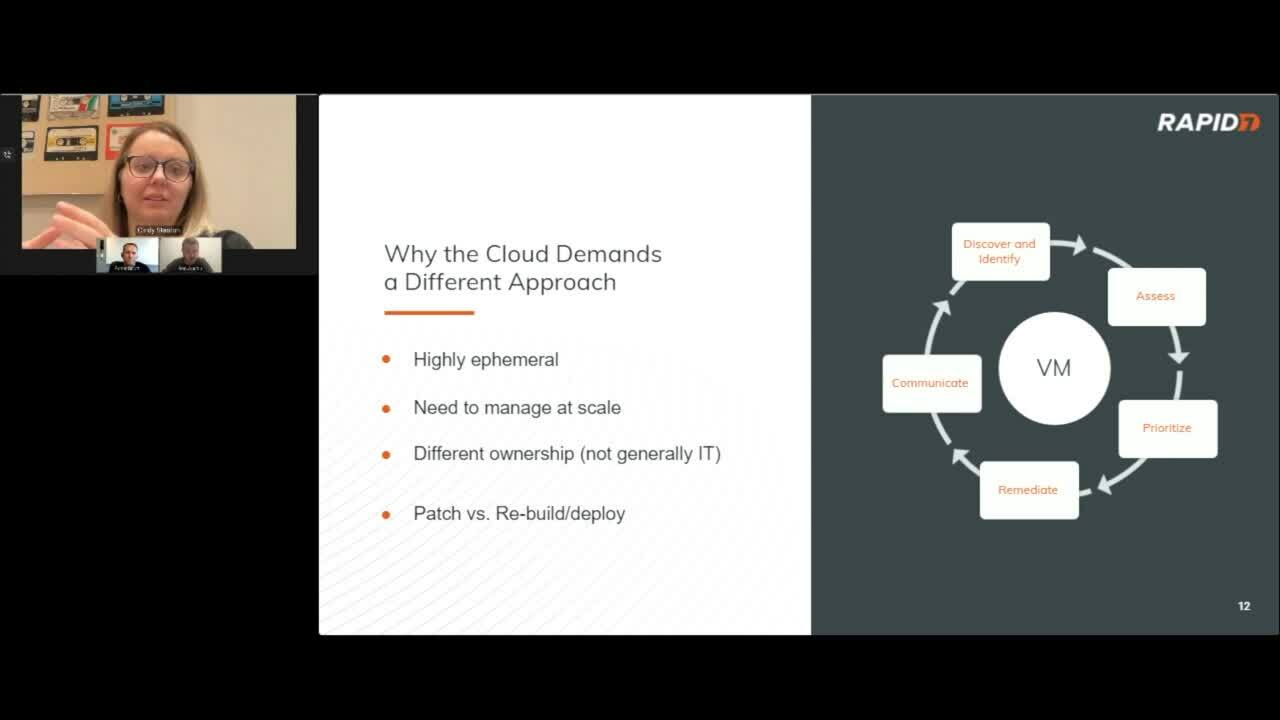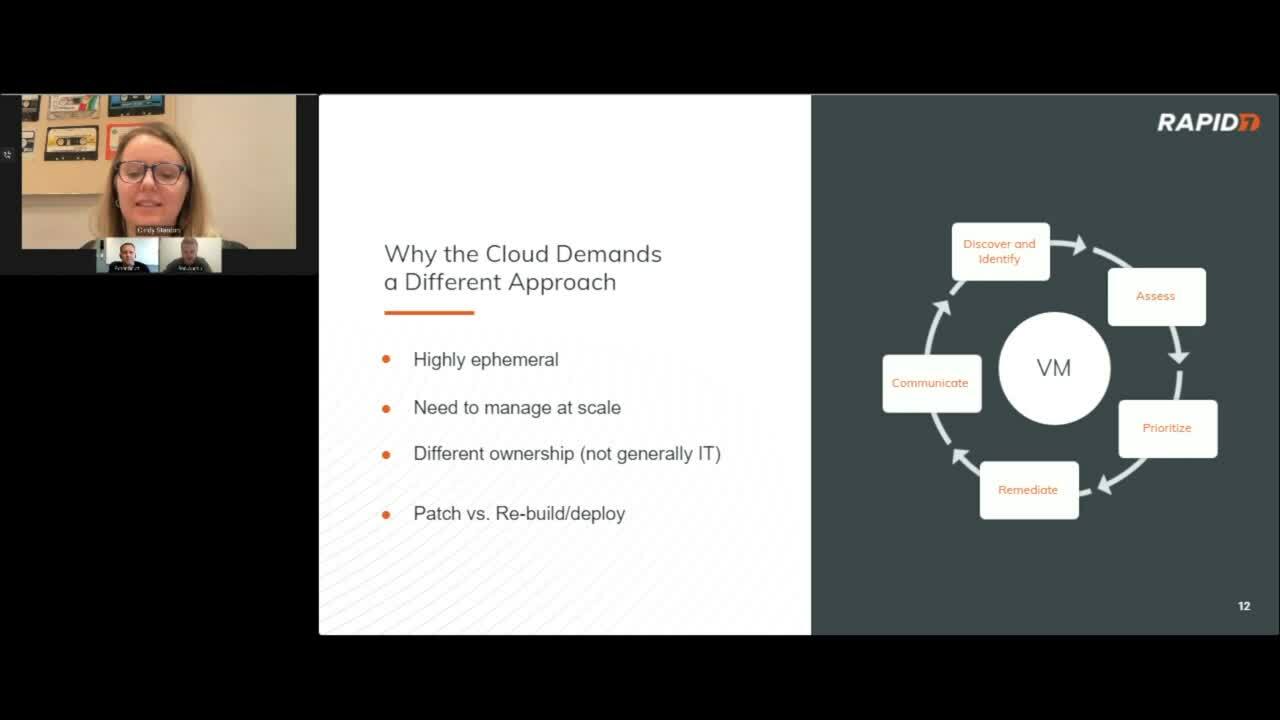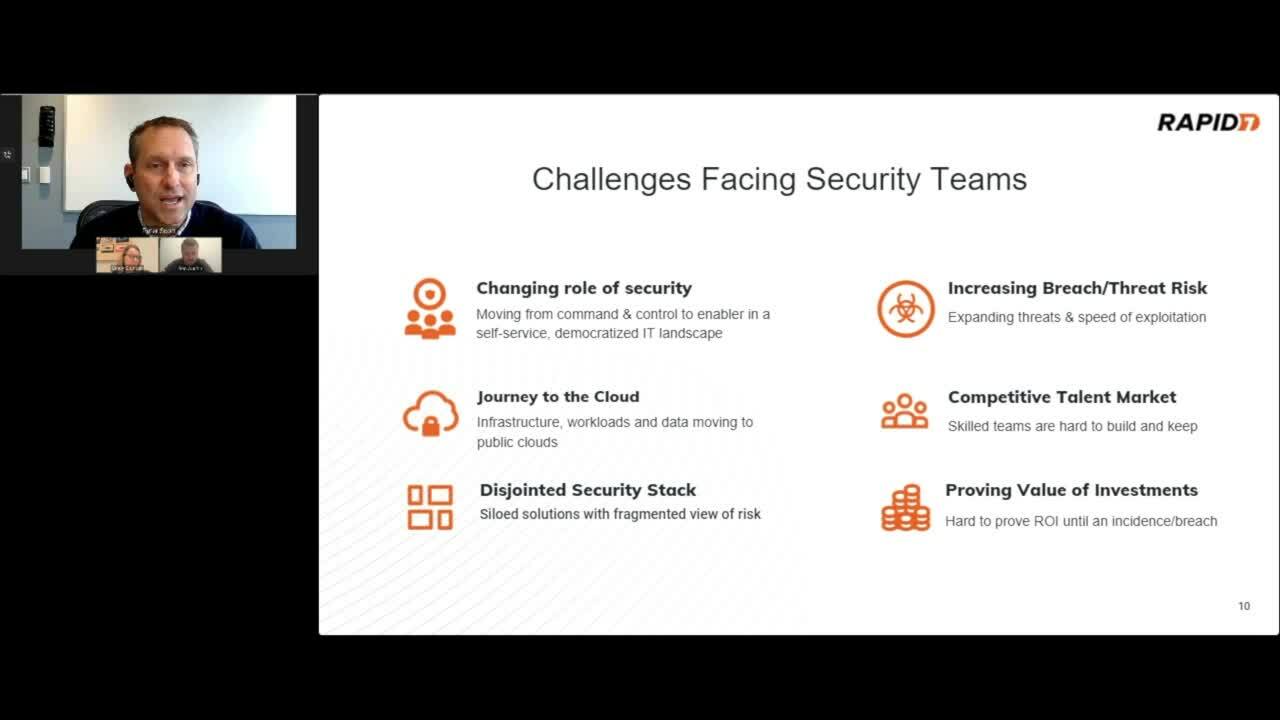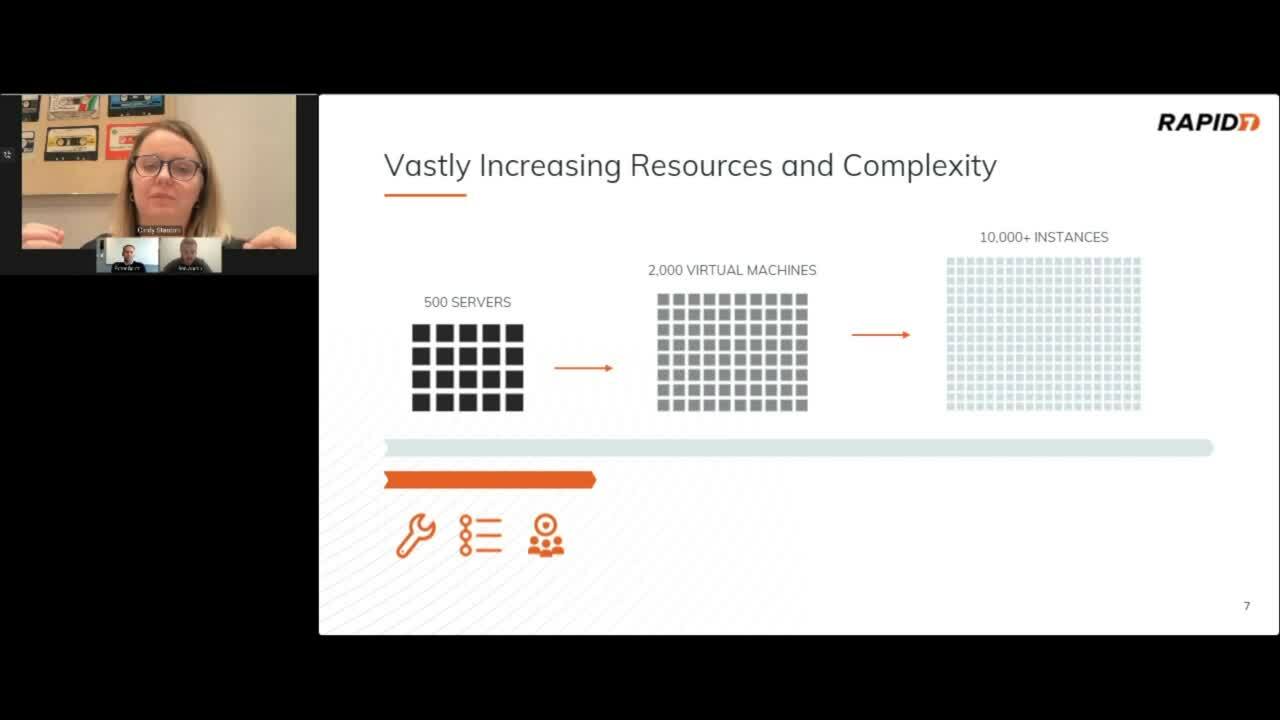Post Syndicated from James Alaniz original https://blog.rapid7.com/2023/03/01/new-insightcloudsec-compliance-pack-key-takeaways-from-the-azure-security-benchmark-v3/

Implementing the proper security policies and controls to keep cloud environments, and the applications and sensitive data they host secure, is a daunting task for anyone. It’s even more of a challenge for folks that are just getting started on their journey to the cloud, and for teams that lack hands-on experience securing dynamic, highly-ephemeral cloud environments.
To reduce the learning curve for teams ramping up their cloud security programs, cloud providers have curated sets of security controls, including recommended resource configurations and access policies to provide some clarity. While these frameworks may not be the be-all-end-all—because let’s face it, there is no silver bullet when it comes to securing these environments—they are a really great place to start as you define and implement the standards that are right for your business. In a recent post, we covered some highlights within the AWS Foundational Security Best Practices, so be sure to check that out in case you missed it.
Today, we’re going to dive into the new Azure Security Benchmark V3, and identify some of the controls that we view as particularly impactful. Let’s dig in.
How does Azure Security Benchmark V3 differ from AWS Foundational Security Best Practices?
Before we get started with some specifics from the Azure Security Benchmark, it’s probably worthwhile to highlight some key similarities and differences between the Microsoft and AWS benchmarks.
The AWS Foundational Security Best Practices are, as one might intuitively expect, focused solely on AWS environments. These best practices provide prescriptive guidance around how a given resource or service should be configured to mitigate the risks of security incidents. Because the recommendations are so prescriptive and targeted, users are able to leverage AWS Config—a native service provided by AWS to assess resource configurations—to ensure the recommended configuration is utilized.
Much like the AWS Foundational Security Best Practices, the Azure Security Benchmark is a set of guidelines and recommendations provided by Microsoft to help organizations establish a baseline for what “good” looks like in terms of effective cloud security controls and configurations. However, where AWS’s guidelines are laser-focused on AWS environments, Microsoft has taken a cloud-agnostic approach, with higher-level security principles that can be applied regardless of which platform you select to run your mission-critical workloads. This approach makes quite a bit of sense given AWS and Microsoft’s respective go-to-market strategies and target customer bases. It also means implementation of these recommendations requires a slightly different approach.
As noted above, the guidance in the Azure Security Benchmark isn’t tied to Azure specifically, it’s more broad in nature and speaks to general approaches and themes. For example,it recommends that you use encryption and proper key management hygiene, as opposed to specifying a granular resource or service configuration. That’s not to say that Microsoft hasn’t provided any Azure-specific guidance, as many of the guidelines are accompanied by step-by-step instructions as to how you can implement them in your Azure environment. As AWS has provided checks within AWS Config, Azure has similarly provided checks within Defender for Cloud that help ensure your environment is configured in accordance with the benchmark recommendations.
Five recommendations from the Azure Security Benchmark V3 we find particularly impactful
Now that we’ve compared the benchmarks, let’s take a look at some of the recommendations provided within the Azure Security Benchmark V3 that we find particularly impactful for hardening your cloud security posture.
NS-2: Secure cloud services with network controls
This recommendation focuses on securing cloud services by establishing a private access point for the resources. Additionally, you should be sure to disable or restrict access from public networks (when possible) to avoid unwanted access from folks outside of your organization.
DP-3, 4 & 5: Data Protection and Encryption At Rest and In Transit
These recommendations are focused on ensuring proper implementation of data security controls, most notably via encryption for all sensitive data, whether in transit or at rest. Data should be encrypted at rest by default, and teams should use the option for customer-managed keys whenever required.
DP-8: Ensure Security of Key and Certificate Repository
Another Data Protection control, this recommendation is centered on proper hardening of the key vault service. Teams should ensure the security of the key vault service used for the cryptographic key and certificate lifecycle management. Key vault service hardening can be accomplished through a variety of controls, including identity and access, network security, logging and monitoring, and backup.
PA-1: Separate and Limit Highly Privileged/Administrative Users
Teams should ensure all business-critical accounts are identified and should apply limits to the number of privileged or administrative accounts in your cloud’s control plane, management plane, and data/workload plane. Additionally, you should restrict privileged accounts in other management, identity, and security systems that have administrative access to your assets, such as tools with agents installed on business-critical systems that could be weaponized.
LT-1: Enable Threat Detection Capabilities for Azure Resources
This one is fairly self-explanatory, but focuses on ensuring you are monitoring your cloud environment for potential threats. Whether or not you’re using native services provided by your cloud provider of choice—such as Azure Defender for Cloud or Azure Sentinel—you should leverage a cloud detection and response tool that can monitor resource inventory, configurations, and user activity in real time to identify anomalous activity across your environment.
Implement and enforce Azure Security Benchmark V3 with InsightCloudSec
InsightCloudSec allows security teams to establish and continuously measure compliance against organizational policies, whether they’re based on service provider best practices like those provided by Microsoft, a common industry framework, or a custom pack tailored to specific business needs.
A compliance pack within InsightCloudSec is a set of checks that can be used to continuously assess your cloud environments for compliance with a given regulatory framework, or industry or provider best practices. The platform comes out of the box with 30+ compliance packs, including a dedicated pack for the Azure Security Benchmark V3.
InsightCloudSec continuously assesses your entire cloud environment—whether that’s a single Azure environment or across multiple platforms—for compliance with best practice recommendations, and detects noncompliant resources within minutes after they are created or an unapproved change is made. If you so choose, you can make use of the platform’s native, no-code automation to remediate the issue—either via deletion or by adjusting the configuration or permissions—without any human intervention.
If you’re interested in learning more about how InsightCloudSec helps continuously and automatically enforce cloud security standards, be sure to check out the demo!
